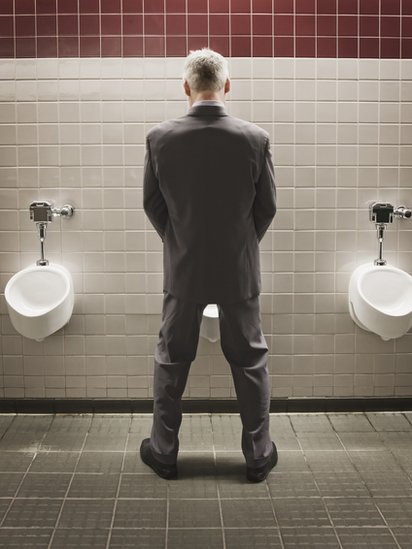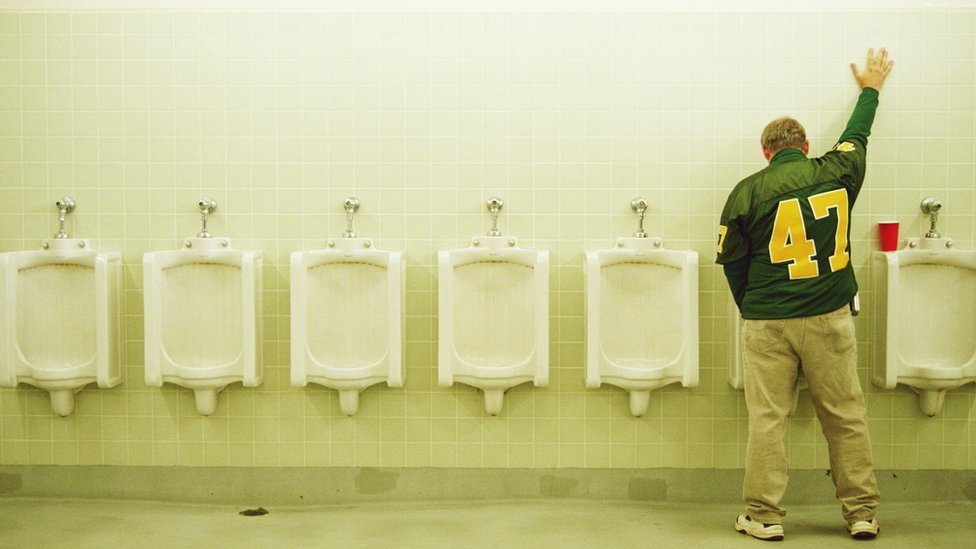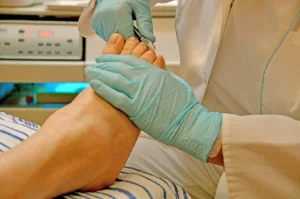In addition to their fame and professional achievements, all of them suffer or have suffered from episodes of urinary incontinence.
In recent years, healthcare aimed at maintaining the good condition of the pelvic floor has become more popular. However, in almost all cases it refers to the health of women during pregnancy, postpartum, and aging.
The reality is that men are also susceptible to urosexological disorders of a muscular nature. That is pathologies that alter urination, defecation, and/or sexual relations due to alterations in the perineum. This is the name given to the group of muscles, tendons, and ligaments that make up the pelvic floor.
Sometimes these problems are caused by sports such as cycling, rugby, athletics, or tennis.
Although, in most cases, in males, they are caused by other pathologies such as benign prostatic hyperplasia and prostate cancer.
Prostate problems
Benign prostatic hyperplasia is a very common disease and its incidence increases with age.
It is estimated that around 70% of men over 50 years of age have this disorder. It is a disease that is completely independent of cancer. It can coexist with a malignant tumor but does not necessarily degenerate into one.
Typically, prostate cancer develops in the periphery of this structure. However, the adenoma is closely related to the urethra.
A man should suspect that he may have developed a benign prostatic adenoma if he experiences: pain during urination, has intermittent urination (like pushing), has weak urination (“weak stream”), has delayed drops of urine after urination has finished, and notices an increase in the number of daily and nightly urinations.
All these symptoms cause the appearance (or worsening if they were already present) of inguinal hernias and hemorrhoids. Both are due to the effort associated with urination and the continued repetition of this effort (due to increased urinary frequency). In other words, excessive and repetitive strain on the perineal muscles.

In addition, the need to exert expulsion force to urinate (usually in apnea, that is, holding one’s breath) causes increases in intra-abdominal pressure.
This phenomenon, which may seem independent, causes a downward displacement of the abdominal viscera and the consequent bulging of the perineum towards the feet.
These bulges, repeated over time, progressively weaken the perineal muscles.
Ultimately, a vicious circle begins in which men need to generate more and more force, which further increases intra-abdominal pressure and further deforms the perineum.
The perineum suffers from incontinence and constipation
To make matters worse, the perineum, which is increasingly weak, becomes progressively more deformable and, consequently, less suitable for containing urine.
This is the moment when urinary incontinence sets i
It must be said that this process of muscular effort, increased intra-abdominal pressure and perineal deformation occurs in a homologous manner in cases of constipation. Therefore, if both problems coexist, the clinical picture caused will be more serious and will progress more quickly.
Urinary leakage in men is also common as a side effect of endoscopic resection of prostate adenoma and cancer. This intervention can affect some structures of the urethra, especially its muscular wall.
Furthermore, in cases of malignant tumors, if radiotherapy and/or chemotherapy treatment is necessary, it is also normal for incontinence symptoms to appear (or for pre-existing symptoms to worsen).
Both nuclear medicine treatments reduce the muscular response capacity in general and in the area to be treated in particular.

The phenomenon is more serious after chemotherapy treatment when it damages nerve function. In this case, urine loss becomes worse, and sexual impotence is common.
Urinary incontinence has a remedy.
Urinary incontinence, as a pathology, can and should be treated.
Involuntary urine leakage can be prevented with physical therapy before surgery. This treatment consists of awareness and strengthening of the perineal muscles and the integration of techniques to prevent leakage during exertion.
All of this can be achieved in the three weeks before surgery, and by improving the physical condition in which the patient arrives for the procedure, side effects are less likely.
And if they do develop, they will be less serious.
Despite these preventive measures, there is a possibility that the muscles may be directly affected by the intervention.
In such cases, treatment usually includes, in addition to the techniques already mentioned, external and intrarectal perineal massage electrotherapy and a stress retraining program.
All the techniques mentioned are painless and customizable to the needs of each patient.
Finally, it is essential to normalize male urinary incontinence.
Talking about it publicly helps us break the vicious circle of ignorance. This is essential, given that taboos and myths foster misinformation and feelings of fear, anguish, anxiety, guilt…
When faced with a urological health problem, men should know that their specialist doctor and physical therapist can resolve the problem with a high success rate.






















+ There are no comments
Add yours